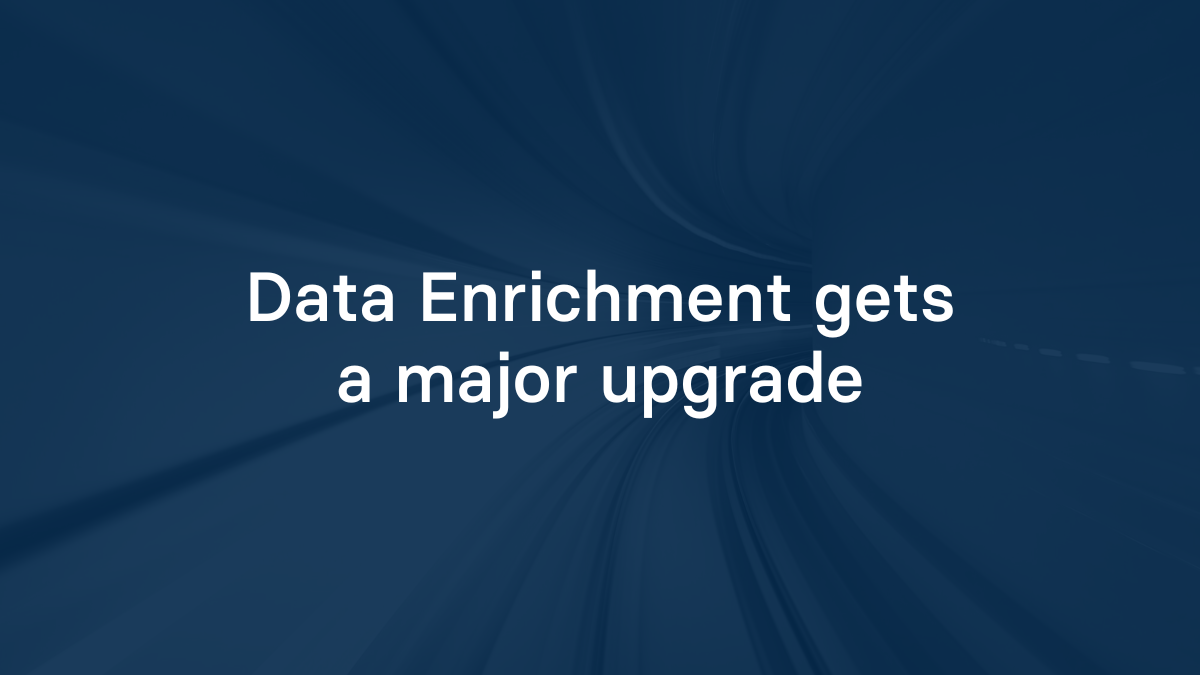Delivering consistent school data is hard.
There are a number of reasons for this, but the upshot is: every district and university operates a bit differently; most systems were not designed for interoperability; and the folks responsible for managing the data of 80 million US students already have their hands full (and then some).
After a while of hearing from our clients that the data coming from LMSs was too limited to deliver the kind of user experiences they were looking for, we decided to tackle this problem head on. So, we built the first version of our data enrichment feature.
Initially, we designed it for a couple of simple tasks:
- Enable schools to SSO from one system and roster from a different system.
- Provide a more complete view of data by combining data from the LMS & SIS.
We wanted to be able to do this all without the requirement of common identifiers between systems - the reality is that even the best schools with the best IT staff have trouble keeping identifiers clean and in sync between multiple platforms.
And so data enrichment was born.
The Evolution of Data Enrichment
Our latest boost to data enrichment comes with a number of improvements:
- Clients can now attach multiple enrichment sources. Sometimes data is stored across multiple different school systems, or there are different systems for different schools within a district. After this update, Edlink can combine them all into a single view (previously, clients could only connect one data enrichment source). Clients can set a priority level on each data source to help Edlink merge the data correctly.
- We improved our matching algorithm. This is always an ongoing process, but it's important to us (and to our clients) that data is reliably matched. After this update, we now take additional fields into account when matching items and we can handle partial matches more gracefully (e.g. a misspelling of somebody's name). In addition, Edlink will try to match across different entity types (e.g. matching two people based on having the same set of parents).
- Clients can now manually match and unmatch items. We've added some new UI to the Edlink dashboard for client teams to view, match, and unmatch data between different systems. We've also added fine-grained controls around the matching algorithm so clients can adjust match weights to get the outcome that you are looking for. For example, if a district has reliable email addresses between systems, you can influence how Edlink searches for matches to put more "weight" onto the email address field.
- Edlink can now send assignments and grades to secondary data sources. For example, clients can load rosters from Clever, but have assignments and grades automatically synced with Canvas.
That's all for now! If clients would like to learn more about how data enrichment works and how it can make rostering easier, contact your client success manager or drop us a line.
Have More Question about Edlink?
Read our full collection of frequently asked questions about Edlink and our Unified API.
Ready to Start Integrating?
Create a developer account to set up a test sandbox.
Or if you think Edlink can help you on your integration journey, email us at support@ed.link to set up a call.

